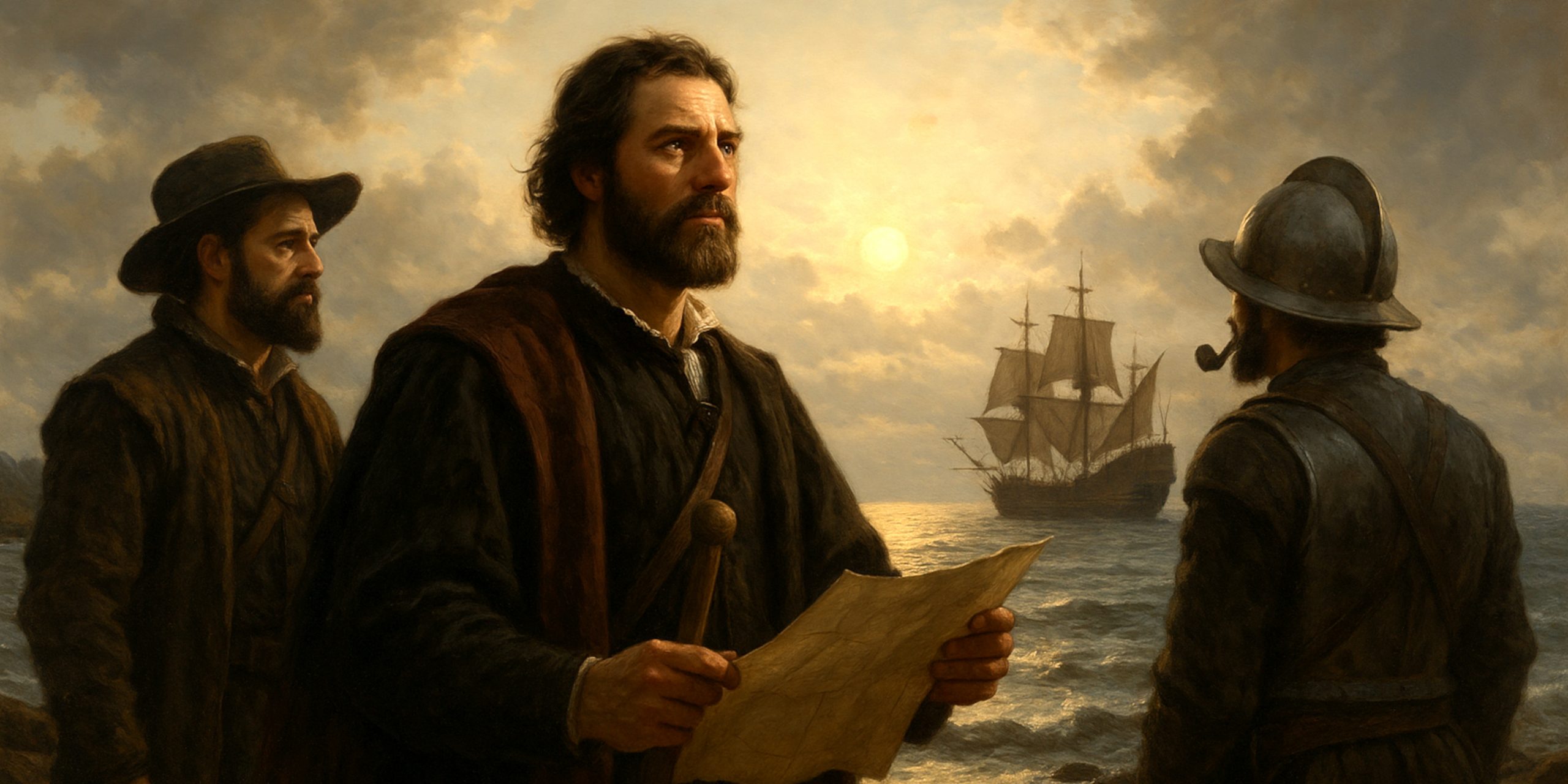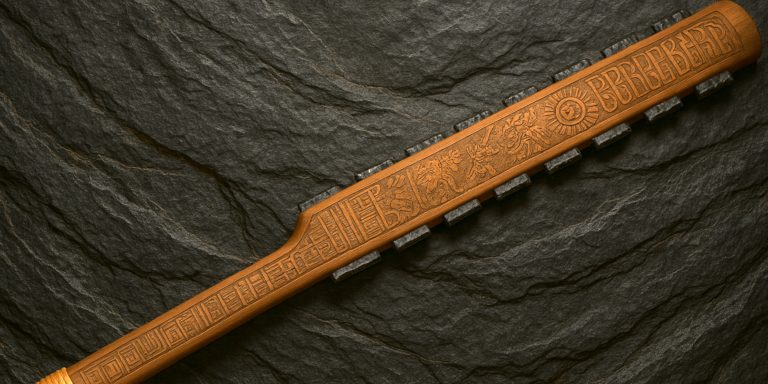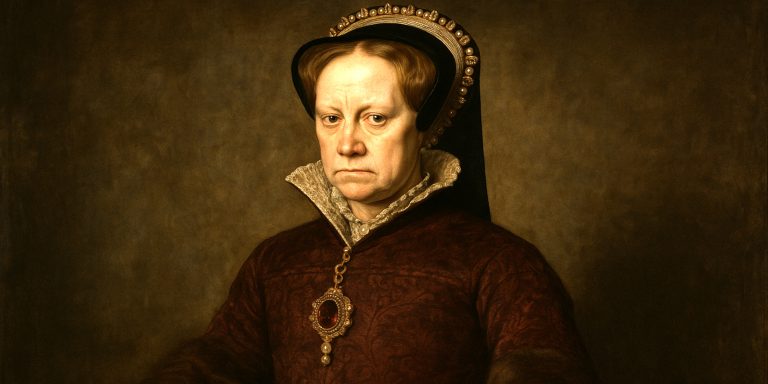
The Age of Exploration was not the polite, romantic adventure it’s often made out to be. It was a brutal, chaotic, and often absurd scramble for land, gold, and glory. Behind every triumphant painting of a gallant explorer pointing at a horizon lies a mess of mutinies, disease, shipwrecks, and wildly questionable decisions.
Here are some of the more shocking truths about the boldest voyagers who rewrote the map of the world, often at great cost to themselves and everyone they met.
1. Magellan Didn’t Actually Finish His Own Voyage
Ferdinand Magellan gets credit for circumnavigating the globe, but he never made it home. In fact, he died in the Philippines in 1521, speared to death during a skirmish with islanders after getting far too involved in local politics. It was his surviving crew, led by Juan Sebastián Elcano, who actually completed the journey.
So, the first man to sail around the world… didn’t. He just started a very long and very fatal trip.
2. Columbus Was Convinced He’d Found Asia Right Until He Died
Christopher Columbus went to his grave still believing he’d found a new route to Asia. Despite running into an entire continent filled with people who were very much not Indian, he insisted he was just off the coast of Japan. His stubbornness would be comical if it hadn’t led to centuries of disastrous consequences for the indigenous populations of the Americas.
3. Vasco da Gama’s Crew Were So Sick They Smelled Like Corpses
Vasco da Gama’s 1497–1499 voyage to India was a historic success but also a floating nightmare. After months at sea, most of his men were rotting with scurvy, their gums black and bleeding, their bodies literally decomposing while still alive. When they finally reached Calicut, locals reportedly kept their distance because the stench was unbearable.
4. Many “Explorers” Were Basically State-Sanctioned Pirates
Let’s be honest, men like Francis Drake and Henry Morgan weren’t explorers in the modern sense. They were highly decorated thieves with good PR. Drake, for instance, made a fortune plundering Spanish ships, and Queen Elizabeth I was so pleased she knighted him on his own deck. The line between exploration and piracy was, at best, a matter of perspective.
5. Mutiny Was Practically a Tradition
Exploration crews had a habit of turning on their captains. Magellan faced near-mutiny in Patagonia. Hudson was famously cast adrift in the icy waters of what’s now Hudson Bay by his own men. Even the supposedly disciplined Dutch expeditions often ended with someone being marooned or stabbed. Life at sea was harsh, pay was uncertain, and the odds of dying were uncomfortably high.
6. Most Maps Were Made Up
Early explorers often filled blank spaces on maps with wishful thinking. Sea monsters, giant birds, phantom islands, you name it. It was less about accuracy and more about giving your sponsors the illusion that you’d found something worth funding again. Some islands stayed on maps for centuries before someone finally admitted they didn’t exist.
7. Some Expeditions Were Sponsored by Sheer Greed
Forget noble quests for knowledge. Most voyages were driven by money, spices, and bragging rights. The Portuguese and Spanish crowns wanted monopolies, merchants wanted profit, and explorers wanted eternal fame. Science came much later, often as a by-product of men chasing gold.
8. Many “Discoveries” Were Already Well Known to Others
When Europeans “discovered” lands, they were often already home to thriving civilisations with complex trade networks. The Polynesians had been navigating the Pacific for centuries using stars and ocean currents, while Arab and African sailors were mapping coastlines long before the Portuguese started hugging Africa’s western edge. “Discovery” was largely a colonial marketing term.
9. Ships Were Death Traps
Life aboard an exploration ship was misery incarnate. Food spoiled, water went foul, disease spread like wildfire, and rats were constant companions. Hygiene was virtually non-existent, and storms could end a voyage in minutes. It’s no wonder superstition ran rampant—anything that could keep morale from collapsing was fair game.
10. The Survivors Became Legends Because So Few Made It Back
Many of the “great voyages” were only great because almost everyone died trying. Surviving one was enough to make you famous for life. Magellan started with five ships and around 270 men; one ship and 18 skeletal survivors made it home. That’s not exploration, that’s a horror story with a marketing department.
The Seven Swords Takeaway
The Age of Exploration reshaped the world, but not without cost. It was an era of ambition and audacity, yes, but also cruelty, chaos, and astonishing resilience. The men who set sail into the unknown did so without GPS, modern medicine, or even a decent understanding of geography. They gambled with their lives and sometimes with the lives of entire continents.
History remembers them as heroes, villains, or both, but what’s certain is this: they were human. Brilliant, foolish, and utterly relentless.



